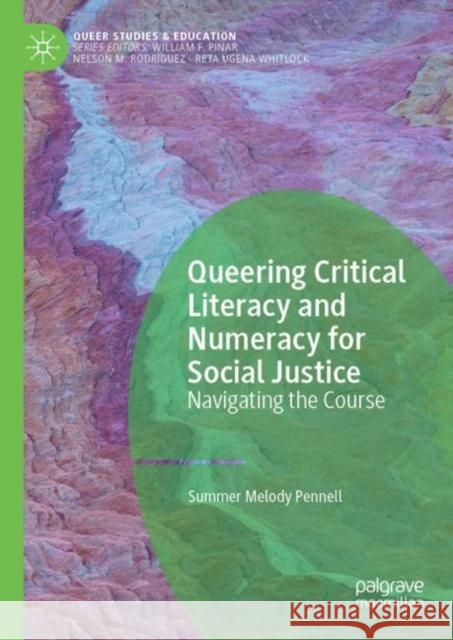Queering Critical Literacy and Numeracy for Social Justice: Navigating the Course » książka
topmenu
Queering Critical Literacy and Numeracy for Social Justice: Navigating the Course
ISBN-13: 9783030115838 / Angielski / Twarda / 2019 / 141 str.
Kategorie:
Kategorie BISAC:
Wydawca:
Palgrave MacMillan
Seria wydawnicza:
Język:
Angielski
ISBN-13:
9783030115838
Rok wydania:
2019
Wydanie:
2019
Ilość stron:
141
Waga:
0.32 kg
Wymiary:
21.84 x 22.86 x 1.27
Oprawa:
Twarda
Wolumenów:
01











